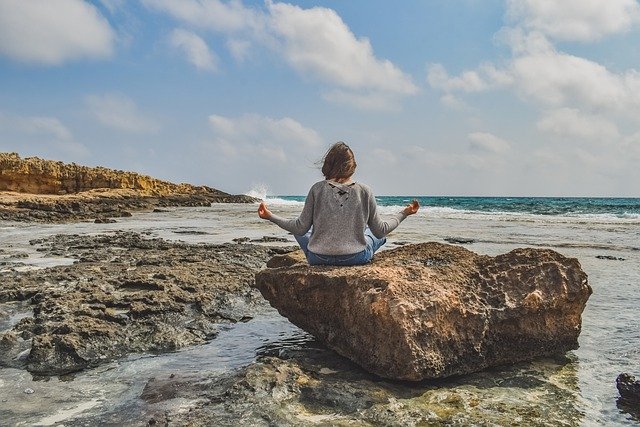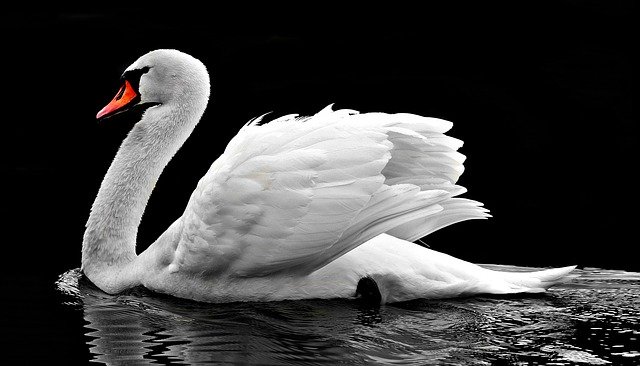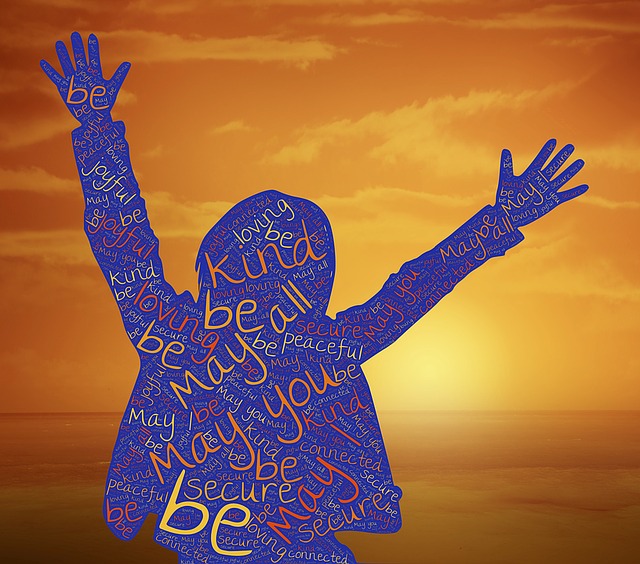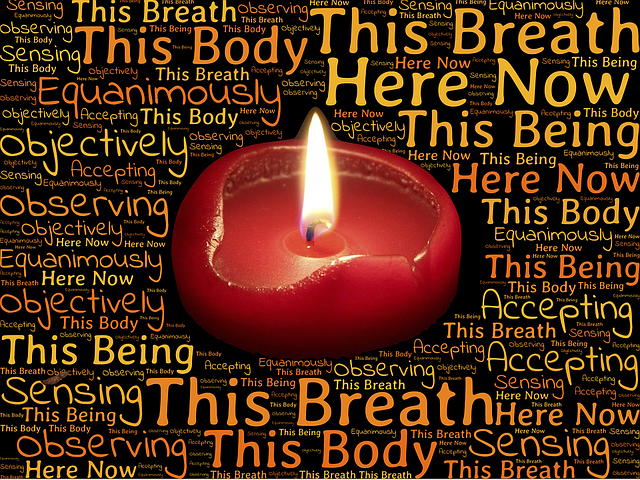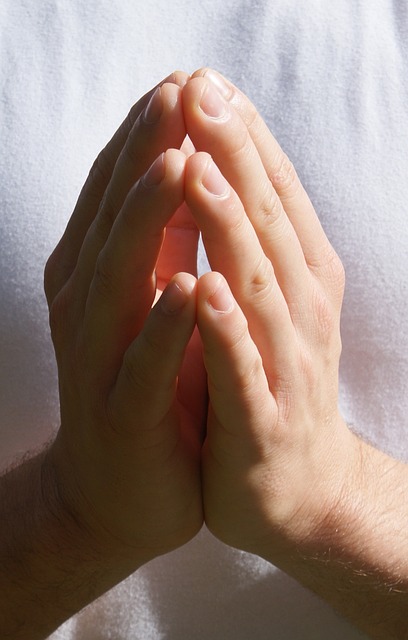Gloria Kamler, stress-reduction expert and meditation teacher, provides a body scan meditation as one of the many UCLA weekly meditation podcasts. Gloria has been a meditation practitioner for more than 30 years and talks enthusiastically about the many benefits of mindfulness meditation. In the introduction to this guided meditation, she maintains that a body scan meditation can help us slow down, wake up to life and gain clarity about our purpose. She suggests that instead of floating like a balloon on the winds of life, we can choose how we want to live and be able to “show up for your life”.
Gloria argues that focusing on the body via a scan helps you to develop “moment by moment awareness” that can lead to equanimity. She maintains that our minds can lead us astray and delude us, while our body “always speaks the truth” if only we tap into it and pay attention to what we are sensing. Through a body scan, we can access a different part of our brain, develop self-caring and caring for others and build emotional regulation.
Body scan meditation
In her guided body scan meditation Gloria helps us to work progressively from our head to our feet dwelling on different parts of the body as we scan for tension, e.g. tightness in our neck, pain in our back, a tight furrowed brow, aching ankles or soreness in our knees. Recognising these sensations puts us in touch with our own bodies – it makes us present to ourselves and grounds us in the present moment as we experience it. Progressive releasing of tension as we bring our attention to different parts of our body, can create a sense of calmness and control. It can lift our spirits and help us to be ready for the day’s challenges and opportunities.
Awareness of positive sensations as we undertake the body scan can heighten our mood, develop confidence to move forward and strengthen our resolve. We could feel the firmness and solidity of our feet on the ground, energetic tingling in our fingers and arms and a calmness in our breathing – all of which portend and support our ability to surf the waves of life and make a real contribution to the lives of others, whether that is a simple smile, a random act of kindness, or compassionate action. In caring for ourselves through our body scan, we can be open to caring about, and caring for, others.
We can begin to realise that everyone is at some time experiencing some form of pain – mental and/or physical. We can feel connected to others just as we sense the deep interconnectedness of the parts of our body. The process of the body scan, like that of Tai Chi, helps us to appreciate the mind-body connection – if we are not at one with our body, we can be “all at sea” with our thoughts and emotions.
Reflection
A body scan meditation can really help us if our mind is racing or we are distracted by anxious thoughts. Becoming grounded in our body is the fastest route to being grounded in the present because our body is always present to us at every moment of every day – we just have to tune into it. As we grow in mindfulness through body scan meditations, we can access our capacity for conscious choice, emotional regulation and equanimity. We can approach life’s challenges with calmness, insight and openness to what is.
________________________________________
Image by Dimitris Vetsikas from Pixabay
By Ron Passfield – Copyright (Creative Commons license, Attribution–Non Commercial–No Derivatives)
Disclosure: If you purchase a product through this site, I may earn a commission which will help to pay for the site, the associated Meetup group, and the resources to support the blog.
